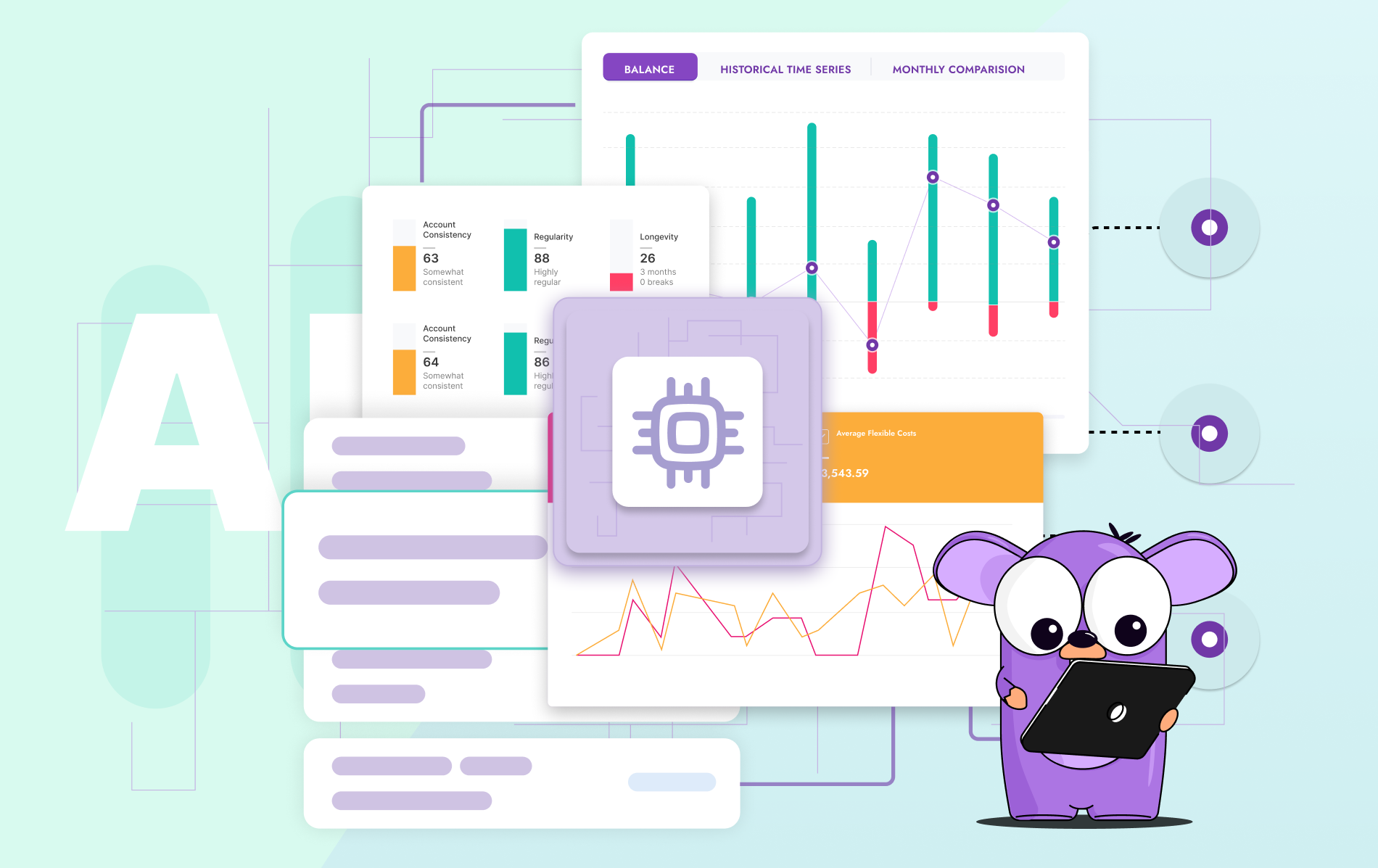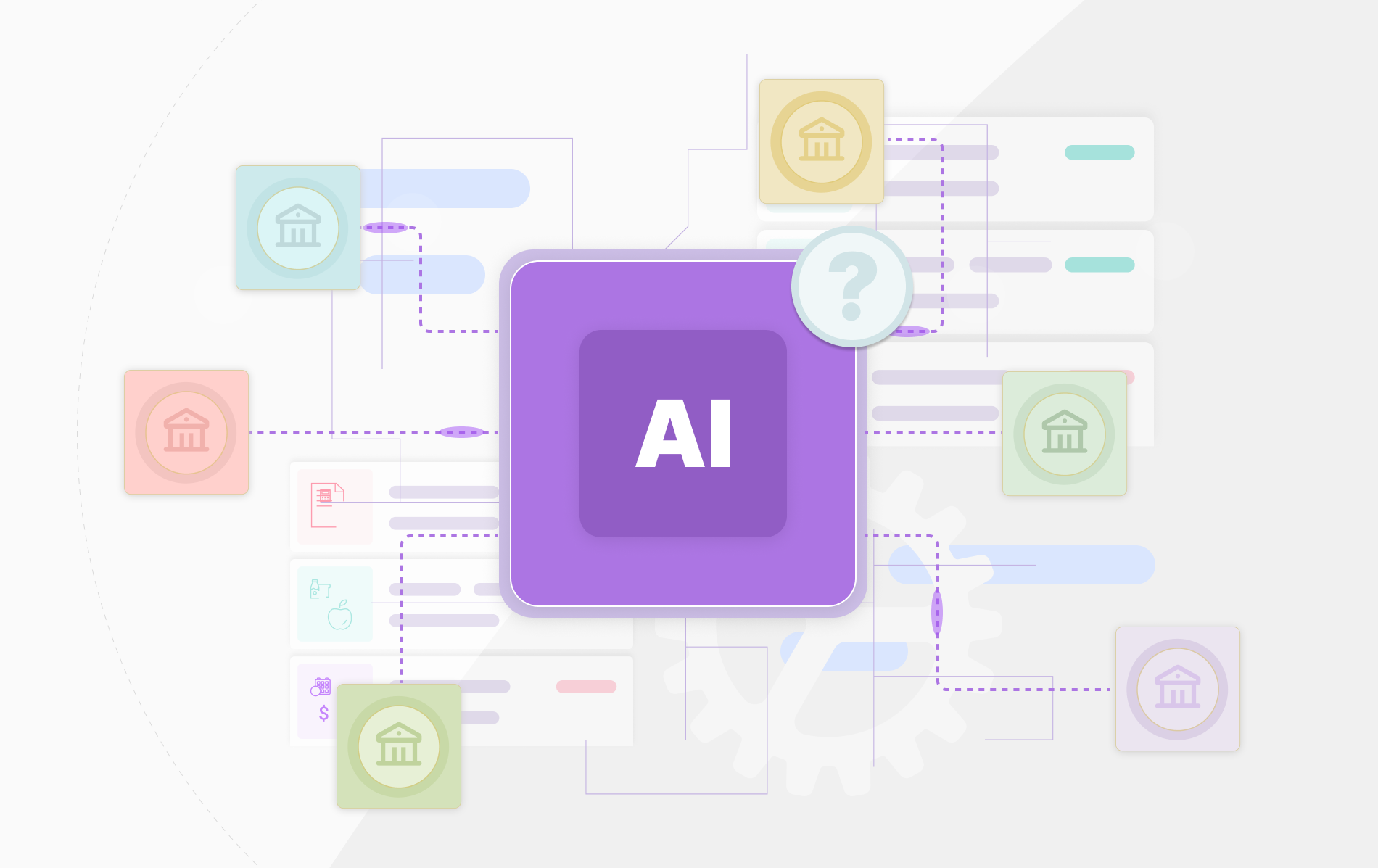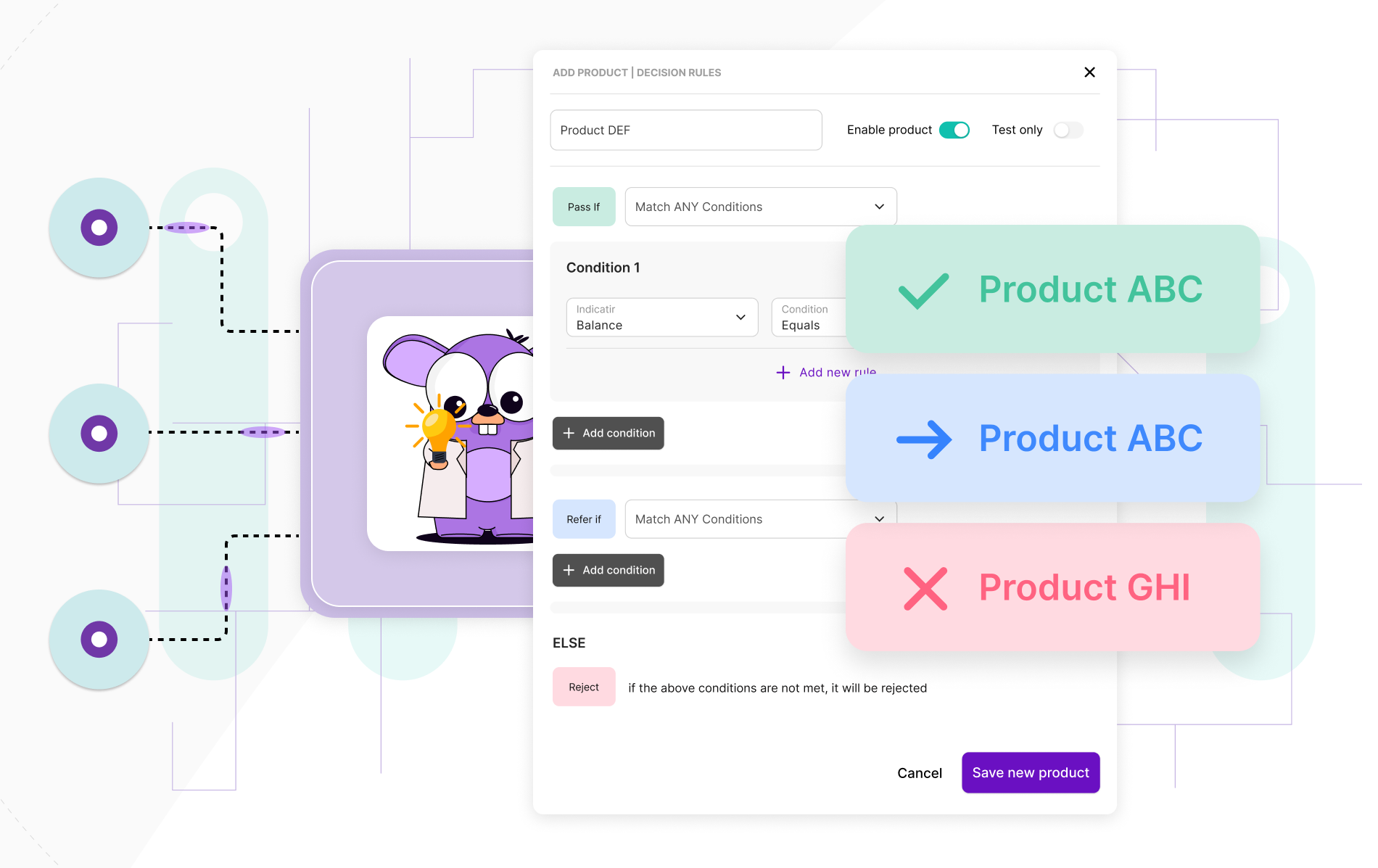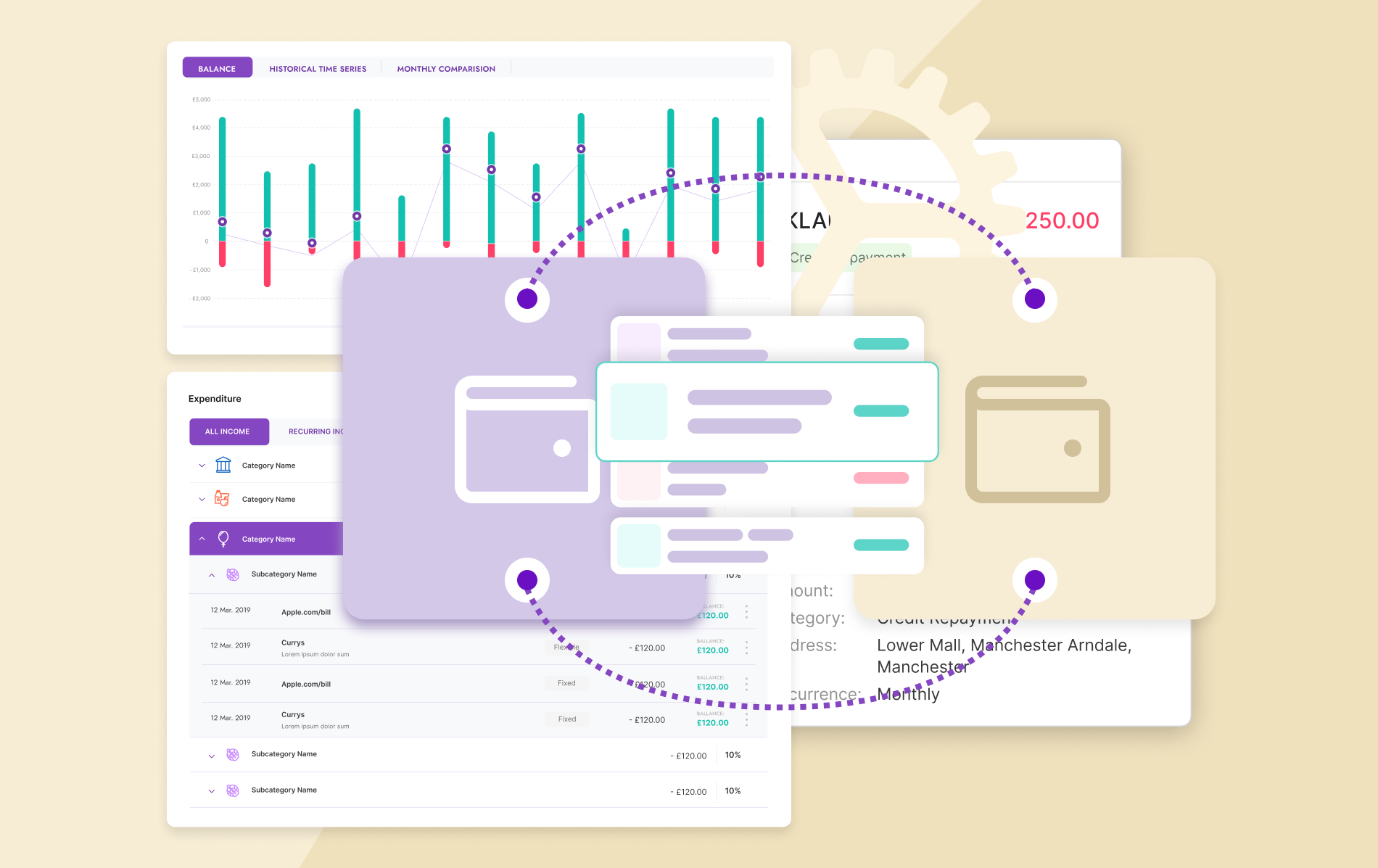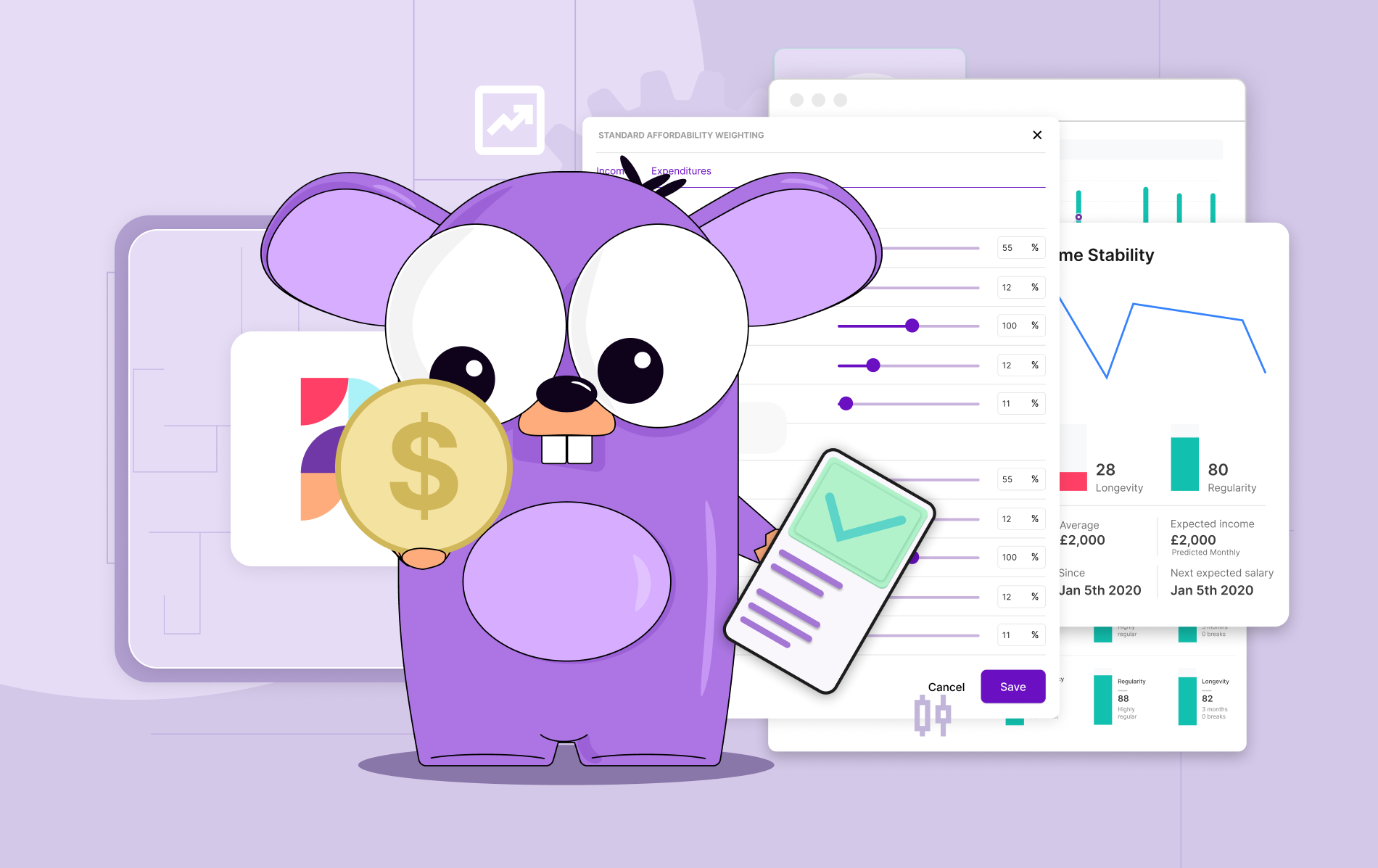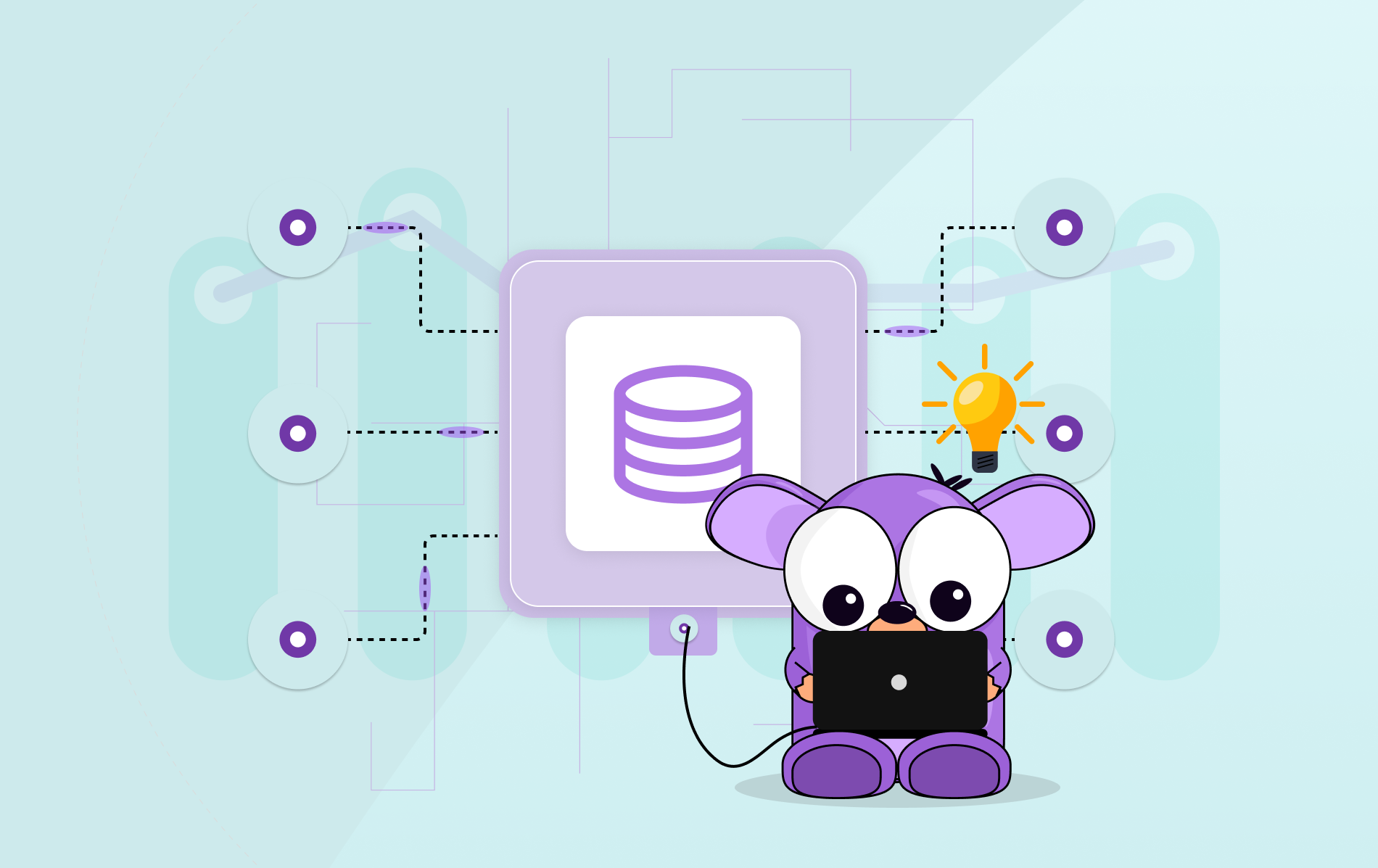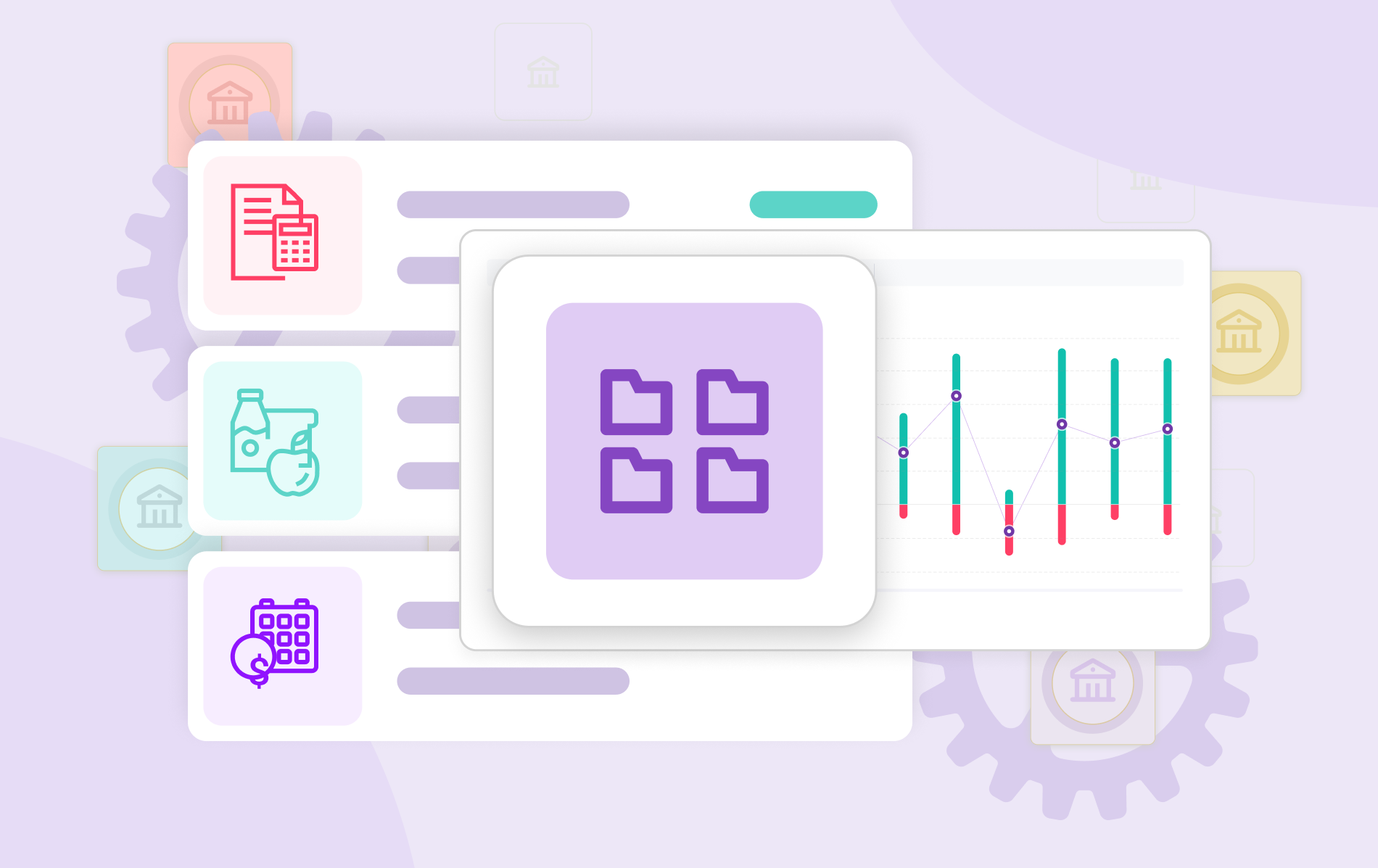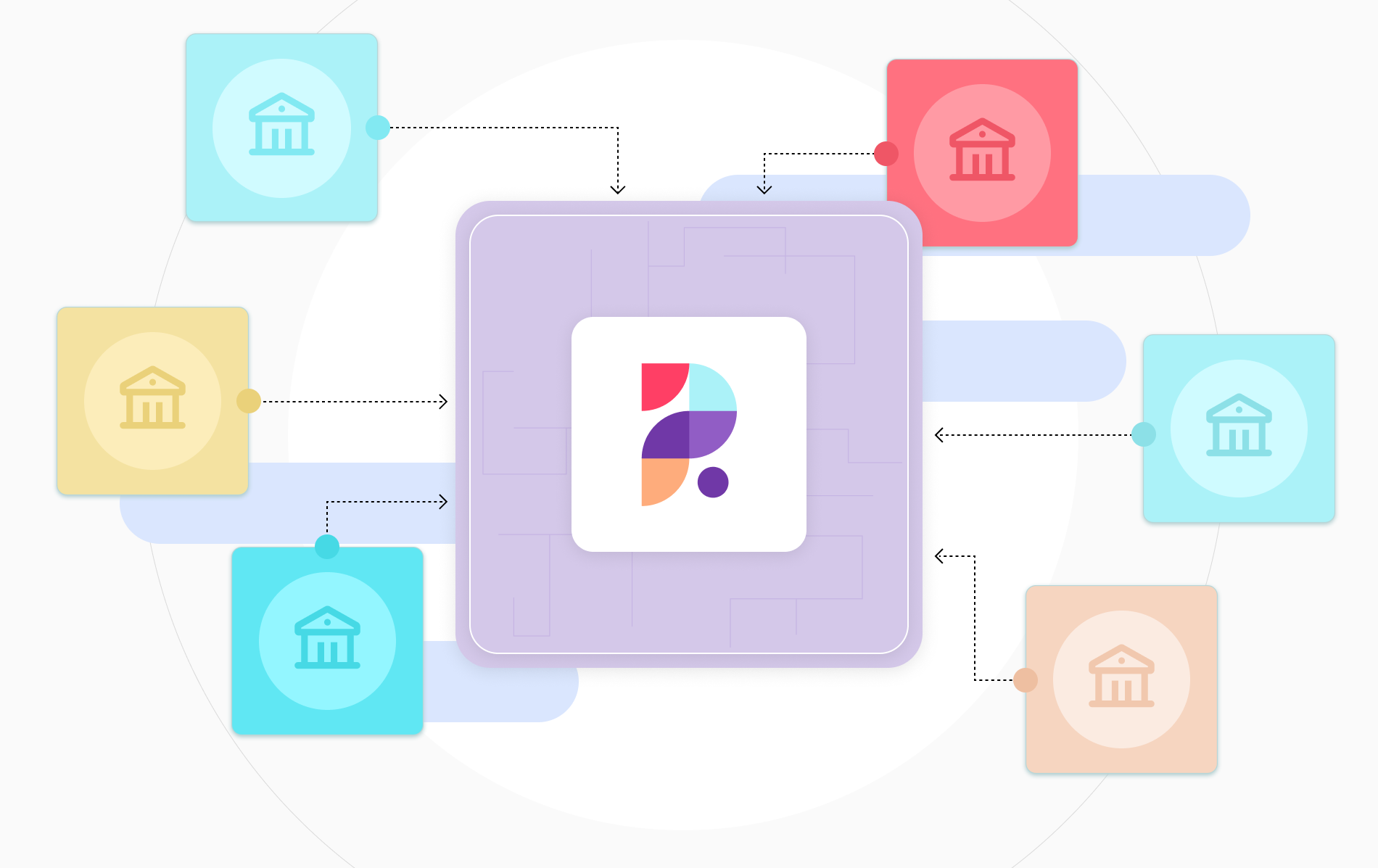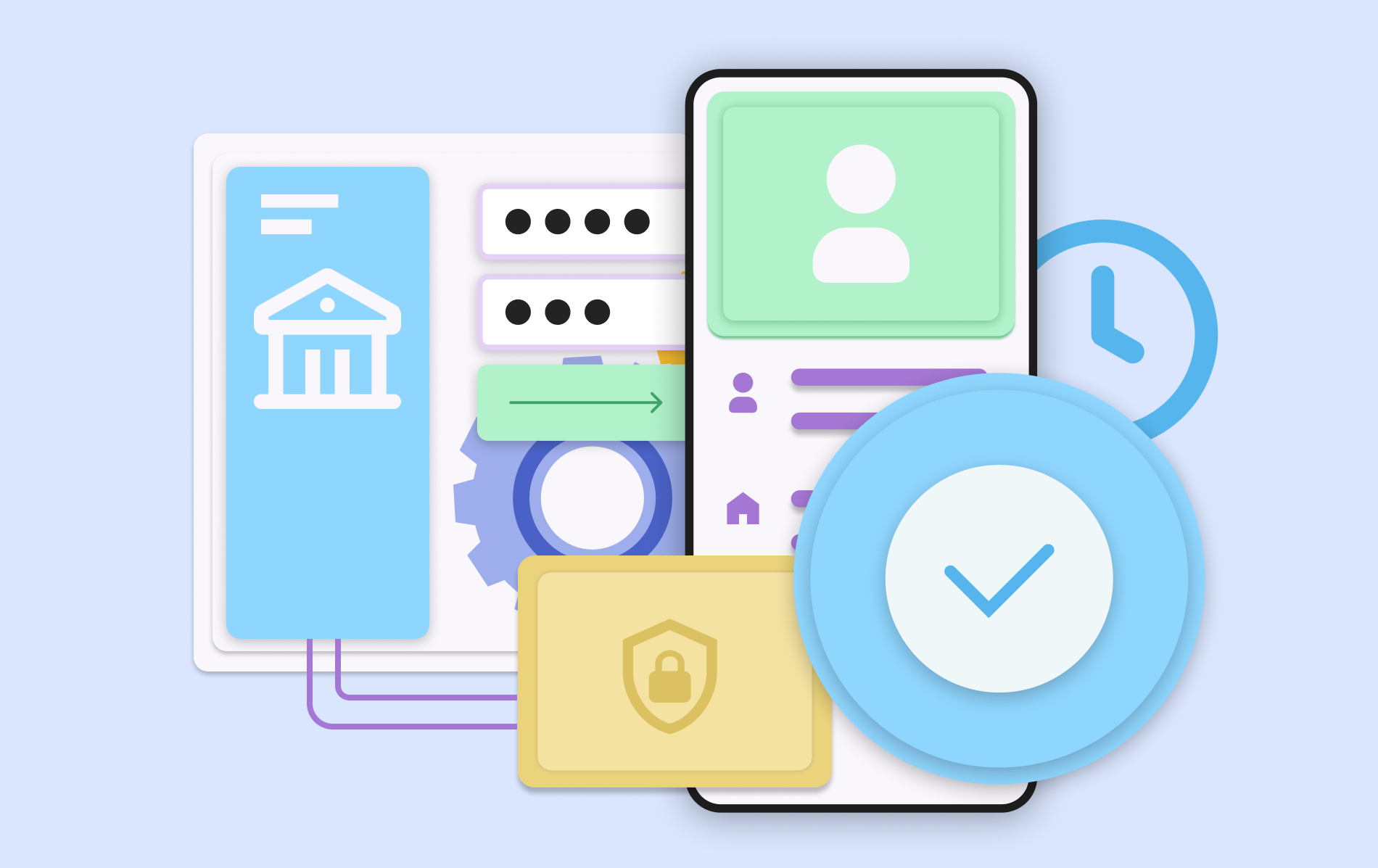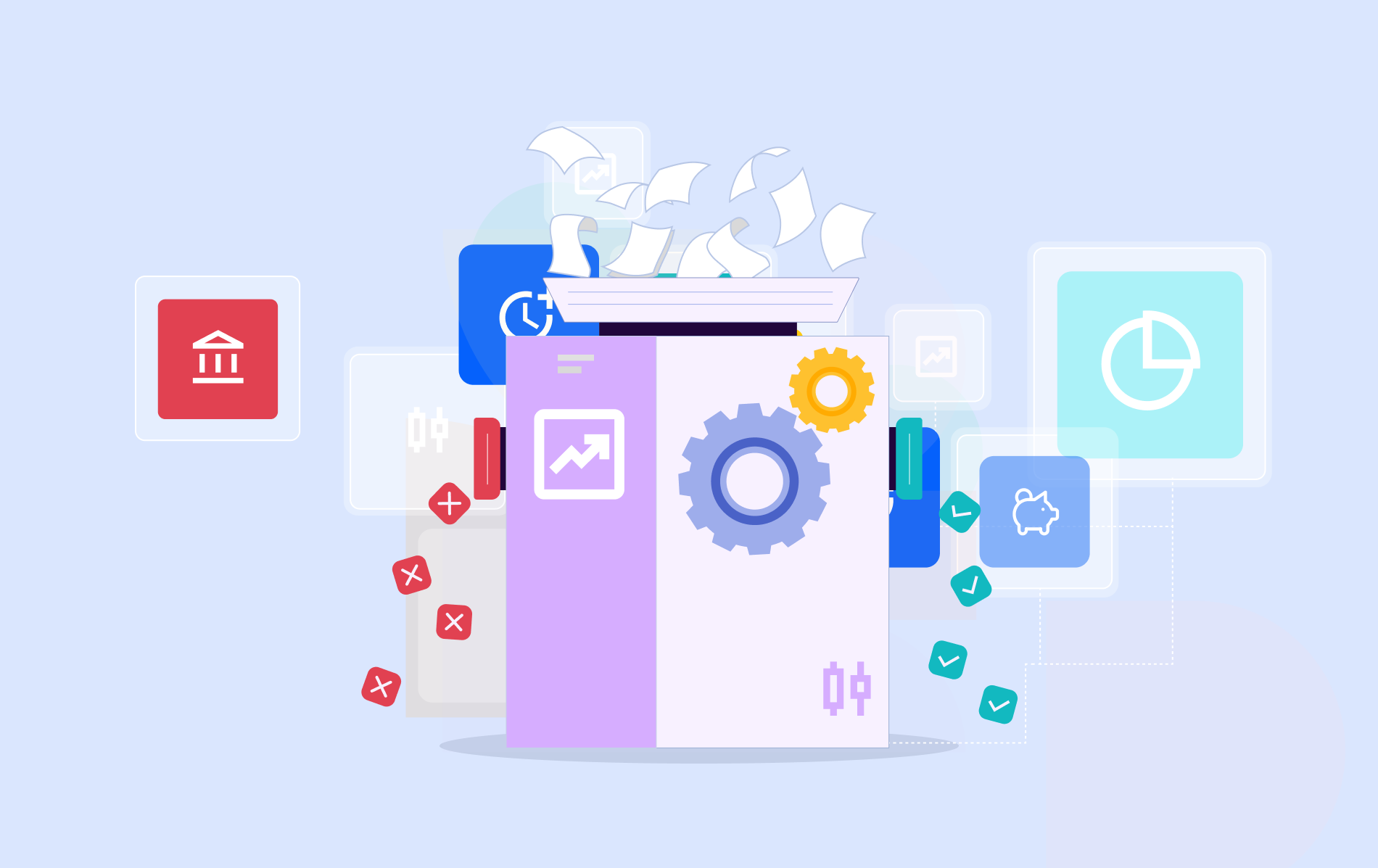25 February 2025
How Open Banking is Transforming Credit Decisioning for SME Lending
Small and medium-sized enterprises (SMEs) play a vital role in the global economy, yet many face significant challenges when it comes to accessing credit. Traditional lending processes, often slow and reliant on outdated financial data, can leave SMEs underserved and lenders struggling to make informed decisions. This is where open banking steps in—a transformative approach that leverages real-time financial data to redefine how credit decisions are made.
